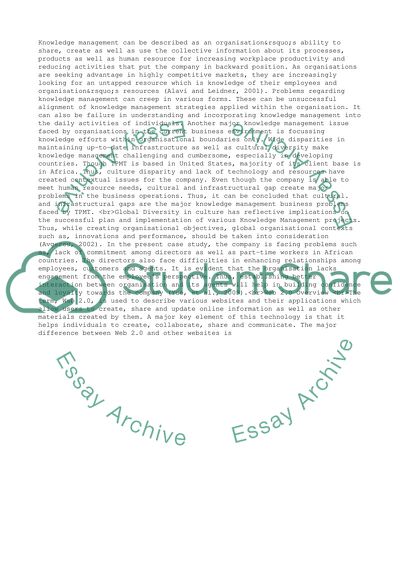Cite this document
(“Knowledge of management & Information systems Assignment”, n.d.)
Retrieved from https://studentshare.org/management/1498270-knowledge-of-management-information-systems
Retrieved from https://studentshare.org/management/1498270-knowledge-of-management-information-systems
(Knowledge of Management & Information Systems Assignment)
https://studentshare.org/management/1498270-knowledge-of-management-information-systems.
https://studentshare.org/management/1498270-knowledge-of-management-information-systems.
“Knowledge of Management & Information Systems Assignment”, n.d. https://studentshare.org/management/1498270-knowledge-of-management-information-systems.


